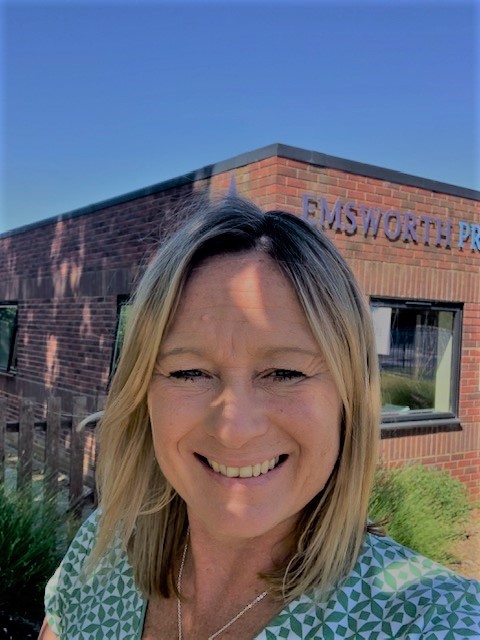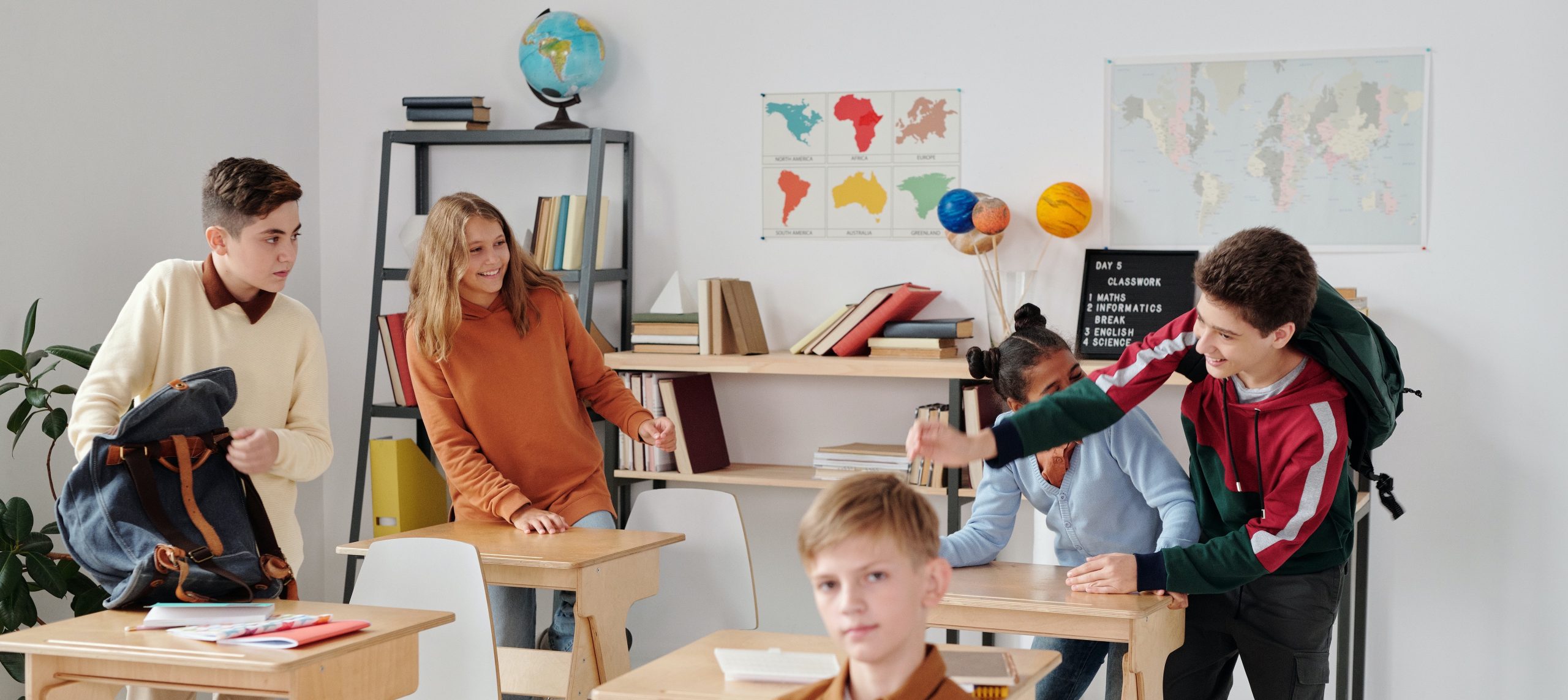Cultural Capital at School

Our interview with Kate Fripp
🎙
A year ago, PAG published an article about the introduction of cultural capital into the Ofsted Inspection Framework. From September 2019, Ofsted asked their inspectors to ‘consider the extent to which schools are equipping pupils with the knowledge and cultural capital they need to succeed in life,’ and to introduce pupils to ‘the best that has been thought and said.’
Our article took heed of the subtle vagueness of Ofsted’s definition, taking into consideration the different ways it could be interpreted by Inspectors. Since then, schools have had time to consider how to integrate cultural capital into their provision, with some bringing it directly into their agenda and taking a unique approach.
PAG had the opportunity to interview Kate Fripp, Headteacher of Emsworth Primary School, a community school in Hampshire, about how she framed the concept in practice at her school.
Could you provide a brief introduction of who you are, and your role is as Headteacher of Emsworth Primary School?
I am Headteacher of a 2 FE school, located in in a mostly affluent area according to postcode and deprivation rank. The school is currently oversubscribed, as over the last 8 years we have seen an increase in building, bringing greater needs for school places.
At Emsworth, we have just under 20% of pupils who are entitled to FSM, which is more than we would expect according to our postcode. This shows there is some hidden deprivation.
We also have 18% of our cohort that have SEND, and we have seen an increase in area of speech and language difficulties, and even more under COVID-19 times.
-

We understand you have developed interest in cultural capital since its introduction into the Ofsted framework. Could you provide us with an explanation of what is your understanding of the concept of Cultural Capital? What does the concept imply at your school, for children and teachers?
This hadn’t come to my attention at all until the Ofsted framework. It is an uncomfortable fact that many schools feel driven by the Ofsted framework but the reality is that schools do need to be familiar with it and the issues it raises. This brought a degree of irritation amongst school leaders, as a middle-class outlook was starting to be imposed onto schools, and ignoring disadvantaged children.
I started to read into it more and tried to place it into a school context. From my experience, culture does manifests itself in schools through different behaviour, attitudes, and responses to a particular environments. And there is a real danger of imposing a middle-class culture on everybody else.
Children are coming from different backgrounds, and if schools come to provide a universal offer, there is also a need to recognise that our children are all different from each other, and have been exposed to very different experiences throughout their lives. I became interested in the area of Hampshire where my school is and was asked to do research on behalf of schools. This ended up being knocked out a bit due to COVID-19 but there were still things to learn.
"there is a real danger of imposing a middle-class culture on everybody else. Children are coming from different backgrounds, and if schools come to provide a universal offer, there is also a need to recognise that our children are all different from each other, and have been exposed to very different experiences throughout their lives"
Teachers are very busy, so they don’t have time to read the ins and outs of the Ofsted framework. So I decided to set out strategic directions. I wanted our teachers to be informed, so we started to take time for discussion amongst staff about this. We looked together at the national curriculum, and what our catchment area looked like. Schools don’t always understand the experiences children are having before and during schools. So we discussed rising issues among our children with vocabulary, speech and language, behaviour before joining schools, etc. Children from all families are being influenced by the cultural capital they assimilated through their lives, not just those from disadvantaged backgrounds. Children are expected to be able to learn new practices like eating at a table and conversing with people, but there are many of them who didn’t have these skills. There is a need to raise empathy, and understanding amongst our staff, and with this, it is the whole environment which feels very different.
So this brings the questions of, what can we do about it?

At a national level, disadvantaged children achieve less when looking at quantitative measures. And cultural capital is difficult to measure in a school. I decided that cultural capital should be a thread through our curriculum, which should encourage children to develop empathy for others, and learn about what it is like to live in our local area compared to, for example, London or Scotland, or other countries. We also seek to encourage critical thinking skills and resilience; we have made efforts to allow children to understand and be critical around misleading news.
Overall, it’s is about improving skills that are hard to measure, such as resilience, self-esteem, those are things that you can’t measure in exams but have impact in your daily life and progress. When you look at Cambridge admissions and assessments, you can see they measure people’s ability to respond to adversity, rather than closing the gap on exam performances, it’s all strongly focused on quantitative measures. And this leaves some with even more to catch-up on.
"I think there are many schools which make the mistake of not understanding the autonomy that is coming with national guidelines; we have tools and context which are dependent on every schools, and the curriculum leave space for flexibility"
I think there are many schools which make the mistake of not understanding the autonomy that is coming with national guidelines; we have tools and context which are dependent on every schools, and the curriculum leave space for flexibility. Schools have the ability to teach grammar skills in the context of their local children. And this is where schools should use this autonomy and flexibility. Does the cohort have a specific interest? There’s a need to tailor the teaching towards this interest. Curriculum and teaching should be modulated, designed, and frequently revisited. This should be done in light of school’s catchment, cohort, and children’s experiences, so we can make education relevant to our children.
This also ties to parental involvement, and expectations. Families from more disadvantaged background may have lower expectations on their children school results, and levels of parental support can differ significantly. It’s very important that schools know this, and make a conscious effort to reach out to those families and parents.
How do you see enrichment activities impacting and building on a child’s cultural capital?
I am very critical of this. It is tempting, as a school, to incorporate enrichment trips but there is a danger that they can really just be tokenistic rather than a thread through the curriculum. If you decide to use enrichment activities as cultural activities to bridge gaps, you need to first do some unpicking through rigorous study and analysis. This is particularly problematic as there are a lot of geographic inequalities that need to be considered. Cultural capital is not just about knowing, but knowing where you fit it, and what’s around you.
Do you see COVID-19 as a direct challenge to what you have been doing at your school to implement cultural capital throughout your pupils’ learning?

-
I was thinking about cultural capital a lot prior to COVID-19, but the pandemic hampered the plans we had. We have a lot of safeguarding issues at the moment… and a lot of other things to focus on. If COVID-19 didn’t happen, we would have conducted interviews with our pupils, and would have worked to gain a broad spectrum of views, to understand our children’s backgrounds more.
It is difficult because disadvantaged families are harder to reach out to, and with COVID we get lower engagement with online learning. But one thing I noticed is that families get more time to sit together, parents and their children. While more affluent families are not sitting together as much, they are more separated as they are working on different screens in different rooms with parents working, even if I’m unsure about the impact. We are also finding it really hard to reach out to children who are just above FSM levels too.
In the post-COVID era, what would be some recommendations your would share with other teachers and headteachers in order to improve their practice relating to cultural capital?
I think the next steps are to be talking more to the children, so this can be used to direct Pupil Premium funding with better impact. According to Ofsted, cultural capital is about exposing children to “the best that has been thought and said”, but schools need to reflect on who is making this decision… When you decide of exposing children to a certain set of experience, this will have an impact. This needs to be well thought through, with considerations of who the school’s cohort is.
Schools need to work on making education relevant to the children. There is work to be done with curriculum, and this can have great impact on children. Schools should also work towards being inclusive, and respectful of diversity, and this goes by understanding each other’s different experiences.
Read more
The Introduction of cultural capital within the Ofsted Inspection Framework
Our 2019 article about Cultural Capital and Ofsted introduction of the term in their new Education Inspection Framework (EIF), their School inspection Handbook, and the Early Years inspection handbook.
Our positive retrospective on 2020
Our most recent article, reflecting on the projects that we worked on, all the achievement we have seen around us, and all the good things that got us through this year.
Get in touch
You enjoyed our interview? Please share your thoughts with us about how you feel about cultural capital and what it means for schools! PAG is looking to gather views on the topic and we would love to hear from you.
You have a topic in mind and would also like to participate in an interview with us? Get in touch by contacting us at hello@premieradvisory.co.uk, we will be in touch with you soon.



